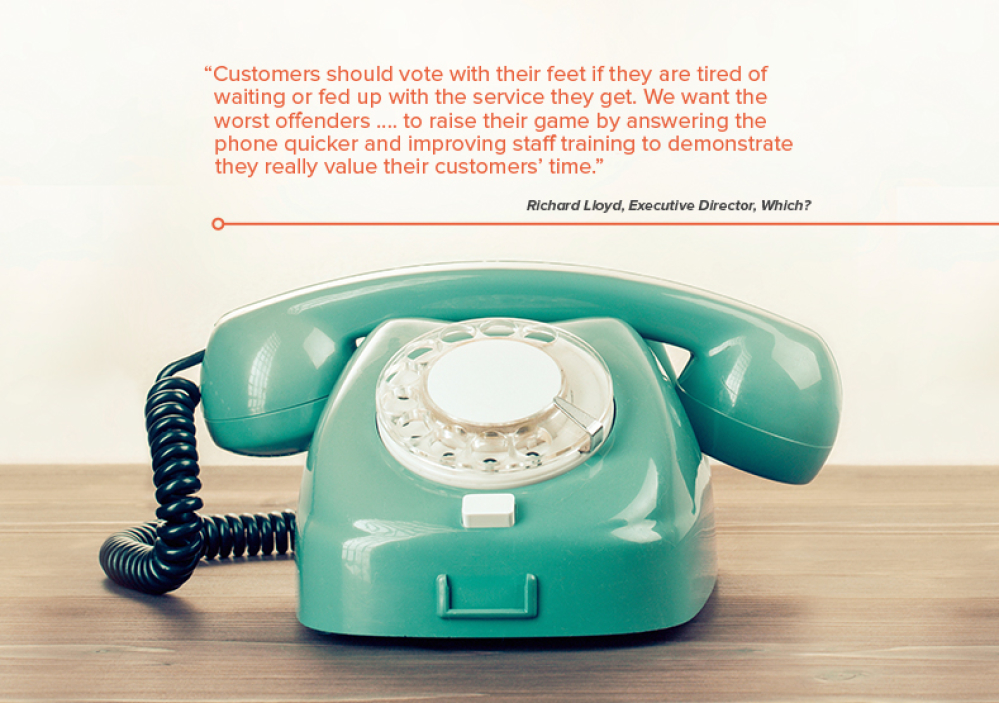How do you provide great customer service, at a reasonable cost, across multiple channels?
24 Aug 2015

We would order the weekly shop, renew our car insurance, complain about the lumpy hotel bed we stayed in last week, check our bank balances and book our holidays. All we had to do was tap in a few numbers on a keypad and quote a reference code.
As a result, the call centre or contact centre, call it what you will, became the hub of a company’s operations; the frontline in the war to maintain and grow the customer base. New entrants to sectors rid themselves totally of bricks and mortar operations and went wholly into online and telephone customer service. Within two years of its launch in 1989, First Direct, the UK’s first telephone bank, had over 100,000 customers.
As the call centre grew and evolved, it began to encompass a much wider variety of customer interactions, including email, online and social media. Customers were demanding connectivity across all multiple channels. If we order it today online we expect to be able to speak to somebody about it tomorrow.
The busiest call centres nowadays can be interacting hundreds of thousands of times every day with its customer base.
Greater automation was part of the answer, with voice connectivity and interactive voice response (IVR) which offers pre-recorded voice prompts and menus which segment and direct call traffic to suitable locations within the call centre, leading the way. However, technology upgrades have placed ever greater stresses on the traditional call centre model and its IT infrastructure.
Clunky hardware and software based ‘on premises’ are increasingly unable to offer the degree of flexibility required to scale up and down based on traffic, seasonality, employee resource and the customer’s own choice of contact channel.
What’s more, the investment in new IT, its maintenance and upgrading, is a burden which many senior managers are unwilling to countenance for a function which is still widely regarded as a ‘cost’ rather than a potential sales generator.
The result is that many companies feel as if they are on the horns of a dilemma, trying to balance the competing demands of customers wanting an ever-faster and efficient service - which can only be delivered by increasing human resource or upgrading IT - against the wider organisational need to keep already significant IT and wider call centre costs under control.
The white paper "Cloud Call Centres: What are the benefits?" outlines the problems facing call centres and answers the following question: how do you provide great customer service, at a reasonable cost, across multiple channels?
_5484513294541.jpg)
Please login to comment.
Comments